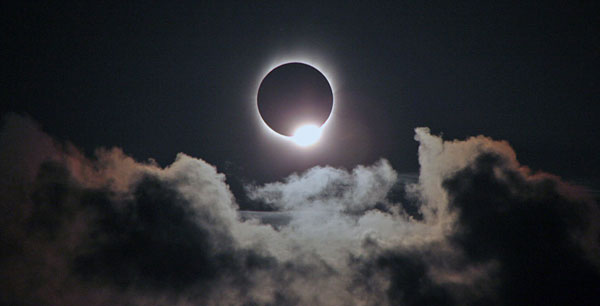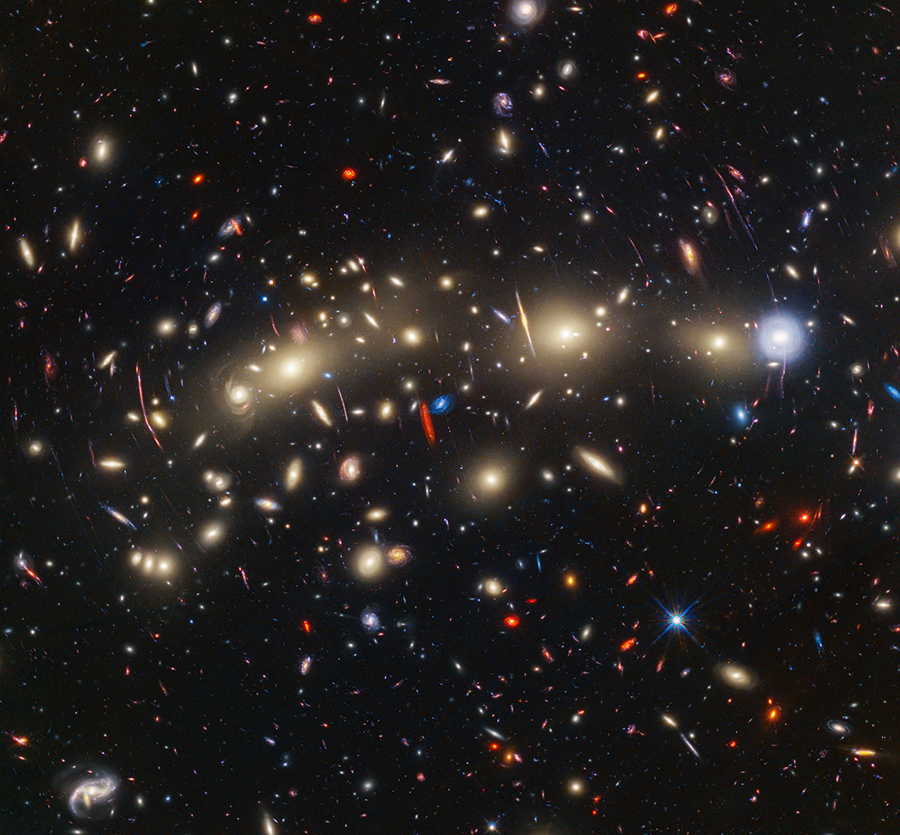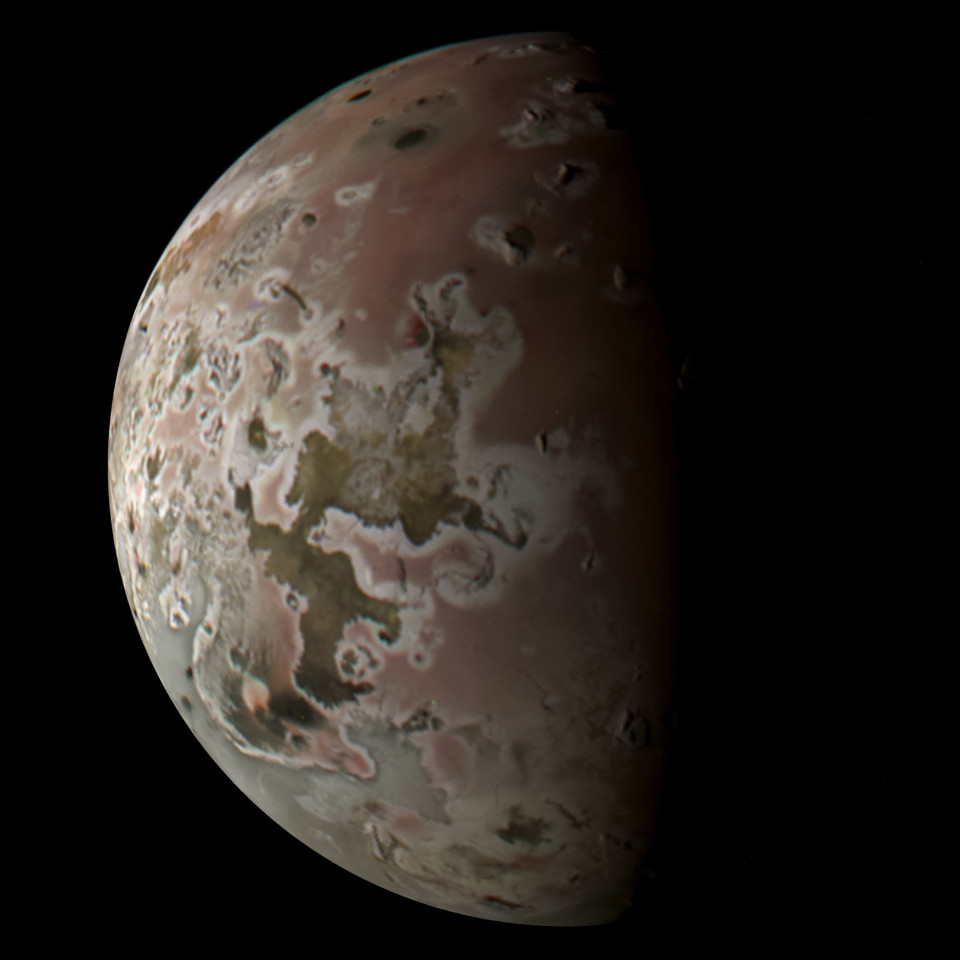
Watch a Hotspot Orbit Our Galaxy's Black Hole
Astronomers have reconstructed a 3D video of hot gas orbiting a stone’s throw away from our galaxy’s central black hole.

NASA Struggles to Find Way Forward for Mars Sample Return
NASA's Perseverance mission has been collecting samples for later retrieval and return to Earth. Now, it's unclear how we'll get those samples home.

11 Things to Take With You the Day of the Solar Eclipse
You might have your eclipse-viewing plans all worked out, but have you thought about all the other things you might need?

Where to Watch the Total Solar Eclipse Online
Watch the total solar eclipse — alongside interviews with scientists and astronauts — with these livestreams.

What Will the Sun's Corona Look Like During Totality?
The eclipse is coming up, and already scientists have predicted the appearance of the solar corona on the big day.

Could We See the Sun Erupt on Eclipse Day?
Ejections of solar material are increasingly commonplace as the Sun’s activity ramps up. Here’s what to expect if an eruption occurs on eclipse day.

Neutron Star "Glitches" Are Clue to Mysterious Radio Bursts
New observations of a neutron star in the Milky Way's center shed light on what makes mysterious fast radio bursts.

Webb Telescope Unveils 19 Galaxies in a New Light
A James Webb Space Telescope survey known as PHANGS has revealed exquisite, just-published details in 19 nearby galaxies.

Does Saturn's "Death Star" Moon Harbor an Ocean?
New evidence, based off of NASA's Cassini measurements of Mimas's orbit, suggests the icy "Death Star" moon might have a subsurface ocean.

Hubble Reveals Possible Water-Vapor World
New Hubble Space Telescope observations reveal the warm sub-Neptune GJ 9827d might have a steamy atmosphere.

The Milky Way Might Have Started Out Shaped Like a Pickle
Faraway dwarf galaxies in the universe's distant past — which will become modern Milky Ways — have an unexpectedly stretched-out appearance.

Did Webb Detect an Atmosphere on Hot Super-Earth 55 Cancri e?
New Webb data suggests that the hot super-Earth 55 Cancri e has a thick atmosphere, perhaps maintained by the planet's magma ocean.

Unexplained Auroras Found on a Lonely Brown Dwarf
James Webb Space Telescope observations of a faint, giant world have revealed the signature of aurorae — even though the world has no star.

Odd Radio Circles: The Remnants of Furious Galactic Winds
New evidence suggests extreme starbursts and furious galactic winds are at the heart of odd radio circles (ORCs).

The Webb Telescope's Grand Tour of the Solar System
The James Webb Space Telescope has revealed galaxies in the early universe, hidden star formation, and sniffed the atmospheres of exoplanets. But it's also exploring closer to home, imaging each of the giant planets in detail. The telescope can see aspects of the planets' compositions in ways that passing satellites…

Astronomers Find 100,000-light-year Bow Shock in the Milky Way’s Outskirts
New simulations showed astronomers where to look for evidence of a dwarf galaxy's bow shock as it crashes through the Milky Way's halo.

Astronomers Find a Brilliant Explosion That Just Keeps On Exploding
A brilliant flash of blue light briefly outshined its host galaxy before fading away — but then it exploded again and again, shedding light on the nature of its source.

Webb, Hubble Telescopes Team Up to Create "Most Colorful View of the Universe"
The Hubble and Webb Space Telescopes have revealed a bounty of galaxies in a pair of colliding clusters, capturing twinkling lights within.

Dead Stars Come to Life This Halloween
The ghostly lights from two dead stars have stories to tell.

Striking New Views of Jupiter and Its Moon Io
The James Webb Space Telescope and Juno mission turned their eyes to Jupiter and its volcanic moon Io, revealing fine details.
